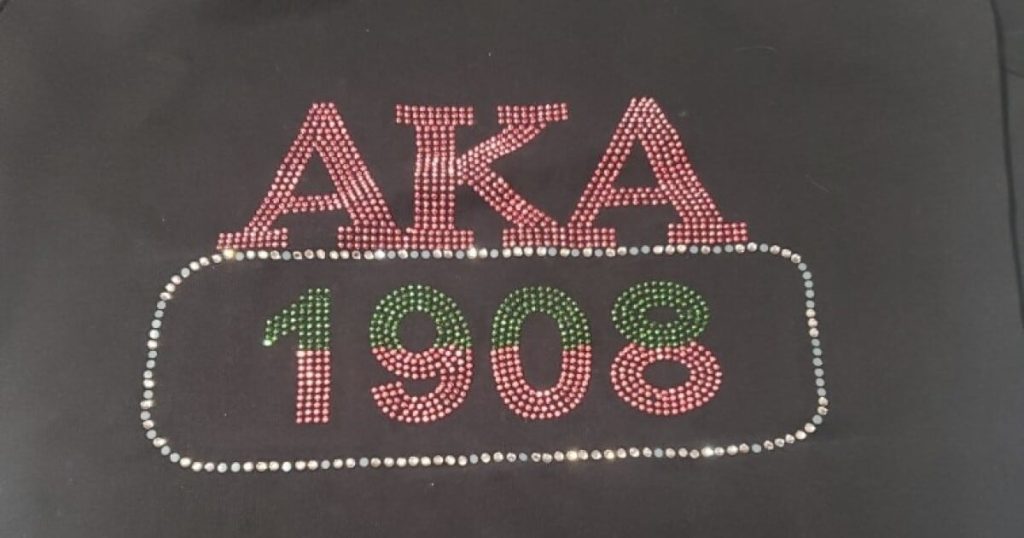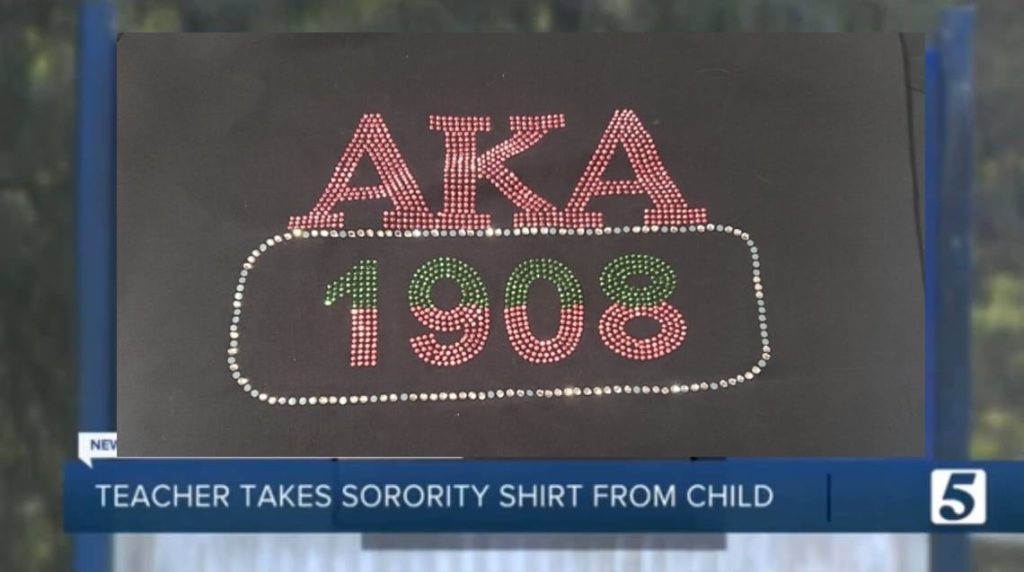News
AKA Meaning – Understanding the Controversy: Teacher Confiscates Student’s AKA Branded Shirt
A recent incident in a Nashville elementary school has sparked a heated debate on social media about the meaning and significance of AKA, an acronym that stands for Alpha Kappa Alpha Sorority, Inc. The controversy began when a teacher confiscated a pink and green rhinestoned T-shirt that read “AKA 1908” from a 7-year-old white girl, Peyton Tiger, who wore it to school. The teacher, who is a member of the sorority, explained in an email to the girl’s mother that AKA branded items are trademarked and reserved for members only. The principal later apologized to the family and returned the shirt.

But what is AKA, and why did the teacher react so strongly to the shirt? Here are some facts and perspectives to help understand the issue:
What is AKA?

AKA is the abbreviation for Alpha Kappa Alpha Sorority, Inc., which is the first Greek-lettered sorority established by African American college women in 1908 at Howard University. The sorority’s mission is to cultivate and encourage high scholastic and ethical standards, to promote unity and friendship among college women, to study and help alleviate problems concerning girls and women in order to improve their social stature, to maintain a progressive interest in college life, and to be of service to all mankind. The sorority has over 300,000 members in more than 1,000 chapters worldwide. Some of its notable members include Kamala Harris, Maya Angelou, Toni Morrison, Coretta Scott King, Rosa Parks, and Phylicia Rashad.
Why is AKA important to its members?
AKA is more than just a sorority; it is a sisterhood that provides lifelong bonds, support, and opportunities for its members. AKA members share a common history, culture, and identity as African American women who have overcome challenges and contributed to society. AKA members also uphold high standards of excellence, integrity, and service in their personal and professional lives. AKA members take pride in wearing their sorority colors (salmon pink and apple green), symbols (ivy leaf and shield), and letters (AKA) as a way of expressing their affiliation and loyalty to their organization.
Why did the teacher confiscate the shirt?

The teacher who confiscated the shirt may have felt that the girl was disrespecting or appropriating the sorority’s brand and identity by wearing the shirt without being a member or having any connection to the organization. The teacher may have also wanted to protect the sorority’s trademark rights and prevent unauthorized use of its name and logo. The teacher may have also been concerned about the potential backlash or misunderstanding that could arise from seeing a white girl wearing an AKA shirt in a predominantly Black school.
What are the different opinions on the incident?
The incident has generated mixed reactions from different groups and individuals. Some people agree with the teacher’s decision and argue that AKA items should only be worn by members who have earned the right and privilege to do so. They also point out that wearing AKA items without being a member could be seen as disrespectful or offensive to the sorority and its members. They also claim that wearing AKA items could cause confusion or misrepresentation of the sorority’s values and goals .
Other people disagree with the teacher’s decision and argue that the girl was innocent and unaware of the meaning of AKA. They also assert that wearing AKA items does not harm or diminish the sorority or its members. They also suggest that wearing AKA items could be seen as a form of appreciation or admiration for the sorority and its achievements. They also propose that wearing AKA items could create awareness or curiosity about the sorority’s history and mission .
What are some possible solutions or lessons from the incident?
The incident has highlighted the need for more education and communication about AKA and other historically Black Greek-letter organizations. Both members and non-members should learn more about their history, culture, and significance in order to foster respect and understanding. Both members and non-members should also communicate more openly and respectfully about their feelings and opinions on wearing AKA items in order to avoid conflict or misunderstanding. Both members and non-members should also consider the context and intention behind wearing AKA items in order to avoid misinterpretation or misrepresentation.
The incident has also demonstrated the power and influence of AKA as a symbol of Black excellence, leadership, and service. The incident has shown how AKA can inspire admiration, curiosity, debate, or controversy among different audiences. The incident has also shown how AKA can represent different meanings and values to different people. The incident has also shown how AKA can challenge or change the perceptions and expectations of Black women in society.



